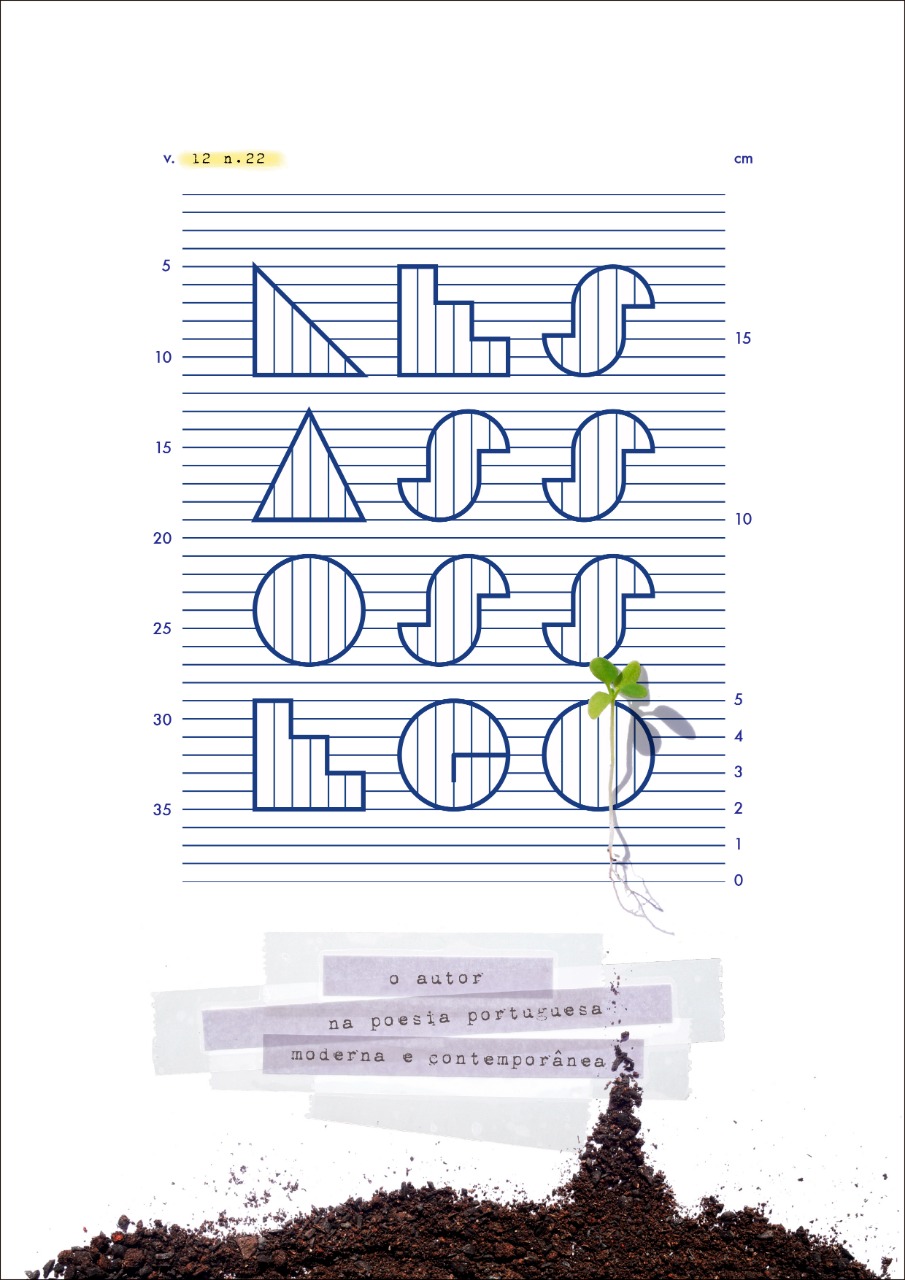The man, the earth and the imaginary in Lídia Jorge’s O Dia dos Prodígios
DOI:
https://doi.org/10.11606/issn.2175-3180.v12i22p170-188Keywords:
Lídia Jorge, Portuguese literature, April Revolution, Magic realism, Wonderful realismAbstract
The Portuguese narrative published after the April Revolution overcomes the obstacles previously imposed by the dictatorial censorship. Many authors that, till 1974, were a threat to the blue pencil, will then return to a creative process, questioning, reflecting and enlivening the recent memories of Portugal. Others, even if they did not publish before the Portuguese Revolution, will born as authors after this historical event through a process of exhumation of recent memories and reflection on dictatorial past. Starting from the creative experience offered by the April Revolution (Lourenço, 1994; Lima, 1996; Reis, 2004), we propose to accompany the literary representation of the Portuguese rural south, before and after the Revolution, in Lidia’s Jorge O Dia dos Prodígios. We will study the creative process that uses the fictional modalities of magic and wonderful topics to allegorize the contemporary Portuguese reality of the narrative’s writing time.
Downloads
References
CHAMPI, Itamar. O Realismo Maravilhoso. São Paulo: Editora Perspectiva, 1980.
CHEVALIER, Jean & Gheerbrant, 1994, Alain. Dicionário dos símbolos. Lisboa: Teorema, 1994.
GENETTE, Gérard. Palimpsestes. La Littérature au second dégré. Paris : Seuil, 1982.
LIMA, Isabel Pires, 1996. Rememorar e Futurar ou a Invenção da Pátria. Discursos. Estudos de Língua e Cultura Portuguesa, Universidade Aberta, pp. 136-146, 1996.
LOURENÇO, Eduardo, 1994. O Canto do Signo: Existência e Literatura (1957-1993). Lisboa: Presença, 1994.
MANCELOS, João. O sexo da escrita: do Autor zombie ao Autor Mulher. Apresentação da obra Marido e Outros Contos, de Lídia Jorge, com a presença da autora. Centro Cultural e de Congressos, Aveiro, 1998. URL: http://www.ipn.pt/literatura/letras/ensaio21.htm
REIS, Carlos, 2004. A Ficção Portuguesa entre a Revolução e o Fim do Século. Scripta, n°15, v. 8, pp. 15-45, 2004.
ROCHE, Guy. Introduction à la sociologie générale. Paris : HMN.
SAID, Edward. The World, the Text and the Critic. NewYork: Pantheon, 1983.
SALDANHA, Ana. O Antagonismo entre o Herói Individual e o Protagonista Coletivo: o imaginário português através da História e da Literatura após o 25 de abril de 1974. Grenoble/Lisboa: Université Stendhal/Faculdade de Letras da Universidade de Lisboa, 2011. Tese de Doutoramento.
SALDANHA, Ana. Narrativa Portuguesa Pós-Revolução: os Autores Mulheres e as Novas Representações Sociais. FronteiraZ: Revista do Programa de Estudos Pós-Graduados em Literatura e Crítica Literária, PUC-São Paulo, n° 12, 2014, pp 140-162. URL: https://dialnet.unirioja.es/servlet/articulo?codigo=5648238
SERRA, Paulo. O realismo mágico na obra de Lídia Jorge, João de Melo e Hélia Correia. UAlg – FCSH, 2013. Tese de Doutoramento.
VIALA, Alain. Effets de Champ, Effets de Prisme. Littérature, n° 70, pp. 64-72, 1998.
Downloads
Published
Issue
Section
License
Copyright (c) 2020 Ana Maria Saldanha

This work is licensed under a Creative Commons Attribution-NonCommercial 4.0 International License.
O(s) autor(es) declara(m) automaticamente ao enviar um texto para publicação na revista Desassossego que o trabalho é de sua(s) autoria(s), assumindo total responsabilidade perante a lei nº 9.610, de 19 de fevereiro de 1998, no caso de plágio ou difamação, obrigando-se a responder pela originalidade do trabalho, inclusive por citações, transcrições, uso de nomes de pessoas e lugares, referências histórias e bibliográficas e tudo o mais que tiver sido incorporado ao seu texto, eximindo, desde já a equipe da Revista, bem como os organismos editoriais a ela vinculados de quaisquer prejuízos ou danos.
O(s) autor(s) permanece(m) sendo o(s) detentor(es) dos direitos autorais de seu(s) texto(s), mas autoriza(m) a equipe da Revista Desassossego a revisar, editar e publicar o texto, podendo esta sugerir alterações sempre que necessário.
O autor(s) declara(m) que sobre o seu texto não recai ônus de qualquer espécie, assim como a inexistência de contratos editoriais vigentes que impeçam sua publicação na Revista Desassossego, responsabilizando-se por reivindicações futuras e eventuais perdas e danos. Os originais enviados devem ser inéditos e não devem ser submetidos à outra(s) revista(s) durante o processo de avaliação.
Em casos de coautoria com respectivos orientadores e outros, faz-se necessária uma declaração do coautor autorizando a publicação do texto.
Entende-se, portanto, com o ato de submissão de qualquer material à Revista Desassossego, a plena concordância com estes termos e com as Normas para elaboração e submissão de trabalhos. O não cumprimento desses itens ou o não enquadramento às normas editoriais resultará na recusa do material.


